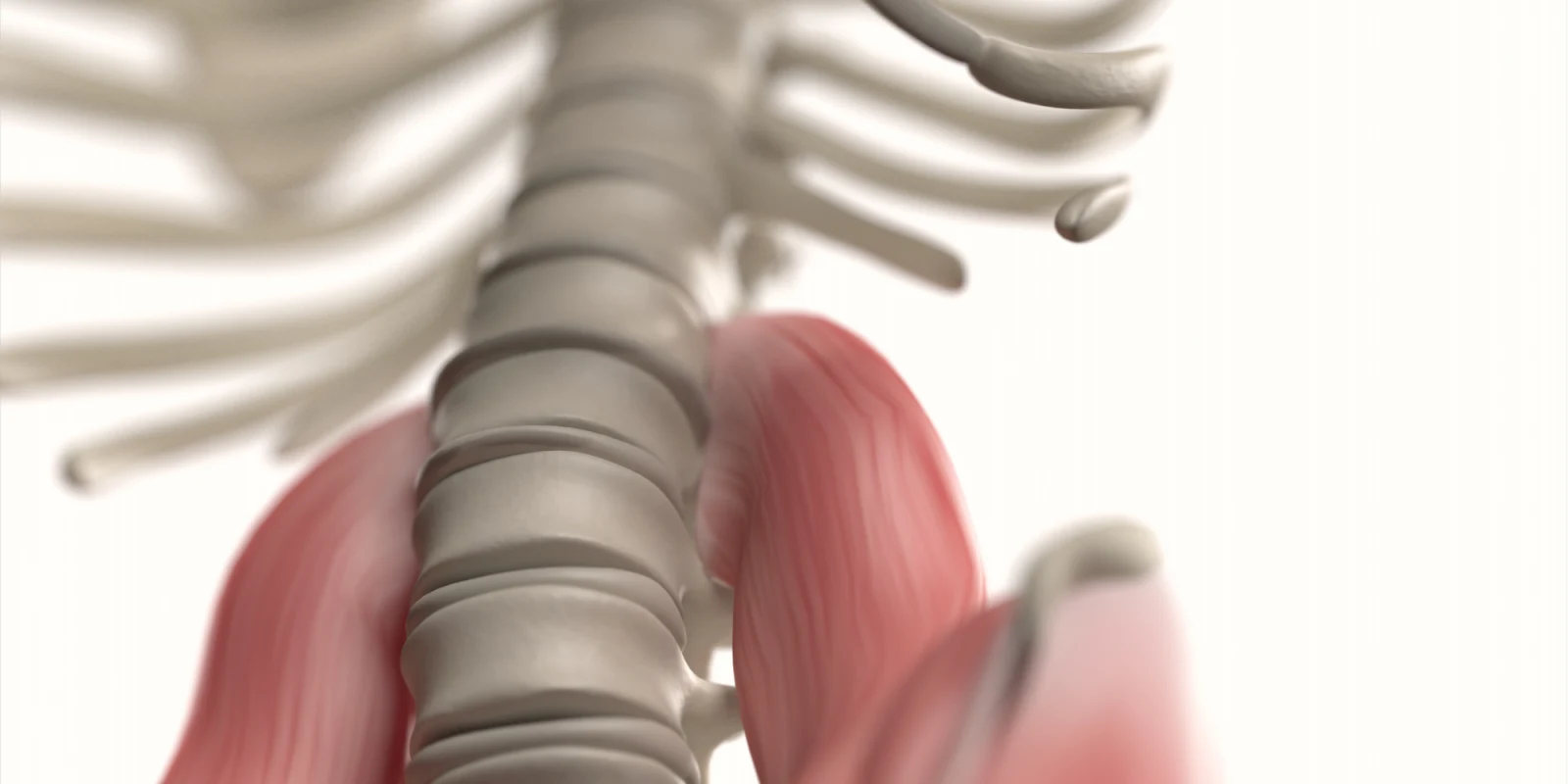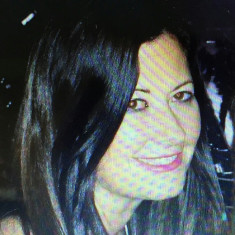
The psoas is known as the master muscle. It is often a forgotten muscle that has its workings and innervations deep inside the body and is considered a core muscle.
Are allopathic practitioners missing the diagnosis of a tight psoas muscle? If correctly diagnosed could we answer questions pertaining to our patients with chronic back pain and digestive issues? Eastern medicine practitioners are very familiar with the diagnosis of a tight psoas muscle and have been trained to treat this accordingly.
After having experienced a dull aching hip flexor and gluteal pain daily for the last year I decided to do more sleuthing into the probable diagnosis and to visit Eastern medicine. After driving for work an average of 2.5 hours a day for over one year it is simple to understand now that this chronic flexion in the sitting position will tighten the master muscles, the psoas muscles. Despite regular yoga and exercise the pain and symptoms did not improve. Finally, I sought acupuncture and instantly my pain and symptoms began to resolve. Many athletes who have repetitive tearing in the muscles often end up with psoas muscle pain. This is not only due from sitting but is common in athletes and in persons who internalize their stress by contraction of the muscles.
In medical school, and maybe it is different in osteopathic medical schools, we are not taught much about the relationship of the psoas muscles to diseases. A tight psoas muscle will cause a multitude of problems such as chronic back pain, poor posture, bloating, constipation, functional leg length discrepancy, leg rotation, sciatica, an obtunded abdomen, and can affect the drainage of lymph. Eastern medicine lists even more diseases that are associated with a tight psoas muscles. The chiropractic world is well educated on this muscle as well and will effectively treat the symptoms. Loss of lordosis of the spine due to a tight psoas muscle creates a shuffling gait, chronic dull aching in the gluteal muscles, fatigue, and decreased flexion of the hip flexors. Over time the hips can lose their place in the socket and you can even experience weakness in the legs. The IT band tightens and the atrophy of the muscles begins over time. The ill psoas muscles reminds me of divorce and the length of time to recover often can depend on the years married. The length of time the psoas muscle is contracted can determine the length of time to correct the disorder. Muscle memory! This is why stretching and yoga are not overall effective methods to treat this condition. The muscle memory has to be undone and the stretching period is too short to accomplish a change in muscle memory. This is somatic medicine.
Our simple MSK testing that we do in the office to diagnosis back pain in our patients such as flexion, squatting, and hip flexing will help to diagnose a tight psoas muscle. For example, inability to touch the toes in a healthy person or to squat low for a few seconds can indicate a tight psoas muscle. The stretches do help but from experience, it is not enough. Trying yoga, salsa dancing, running, and TENS did not solve the problem of the master core muscle atrophy. It was not until I tried acupuncture that with a few sessions the fix was noted. The theory behind acupuncture is that the nerve is stimulated to fire and create a more even flow of blood and nutrients to the damaged muscles. Then the acupuncturist moves the body to realign the spine and muscles and to create a new and healthier muscle memory. This is why consecutive sessions are required at first to allow for the training of a new muscle memory. When the acupuncturist hits the correct site with the needle a tighter and more damaged muscle/nerve complex will elicit a stronger pain signal but afterwards the pain resolves and the mobility improves. I cannot explain the science behind the fine needles and the meridian points but that is because I study allopathic medicine. There is more to be understood and my hope is that both allopathic and complementary medicine will better merge and complement one another in the next decade. What I do understand is the anatomy and physiology of the muscles and nerves and when that needle hits my nerve the signal does follow the path of the neuron.
Dr. Connie Lapadat is a practicing NP and holds an MD, MBSS and Diploma in International Medicine. She practices in California and has her own consulting business CML Medical Consulting LLC. She also teaches in the graduate practitioner program and writes as a research reviewer and medical writer in her spare time. She is happy to be both a physician and NP and cherishes her medical training to better help the underserved patients.
References
- Northrup, Christine (2019). Why the psoas muscle is the most vital muscle in the body. https://www.drnorthrup.com/psoas-muscle-vital-muscle-body/
- Warren, Sarah (2019). Why you can't release your tight psoas muscle with stretching?https://somaticmovementcenter.com/psoas-muscle-release-tight-psoas-muscle/







